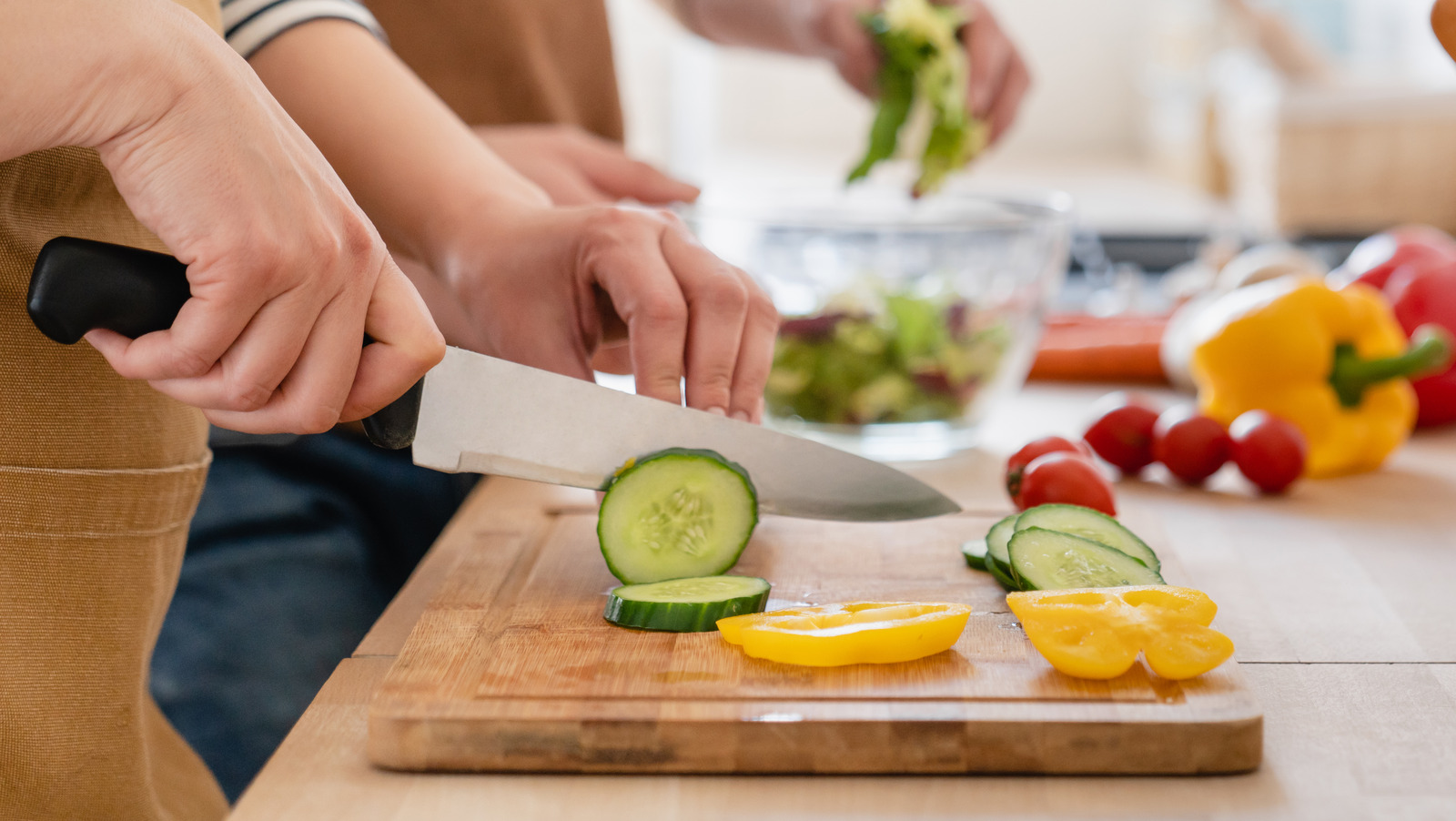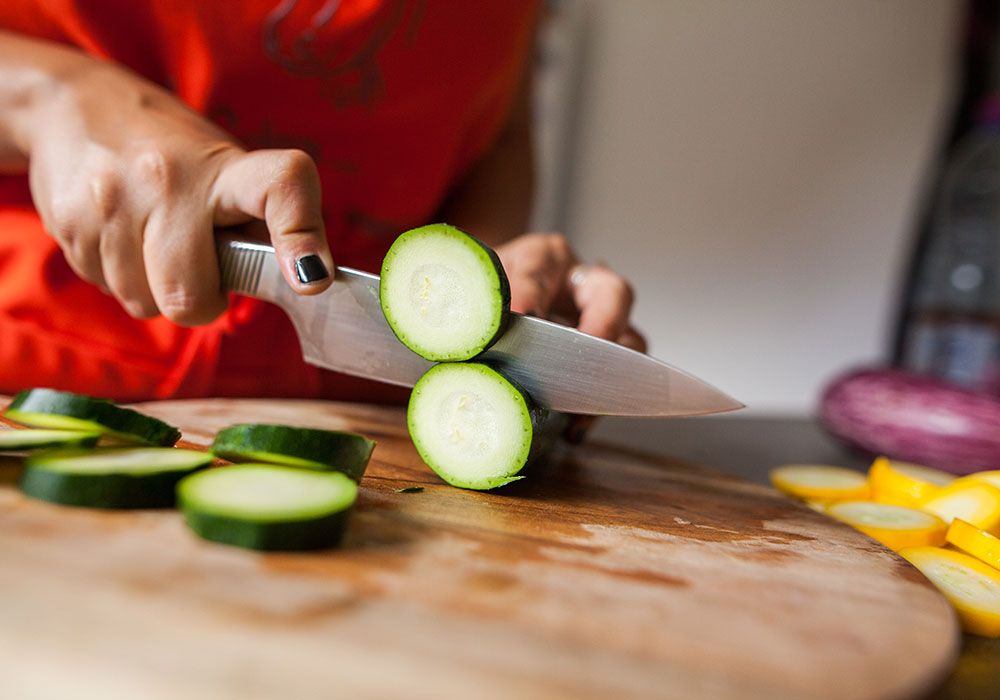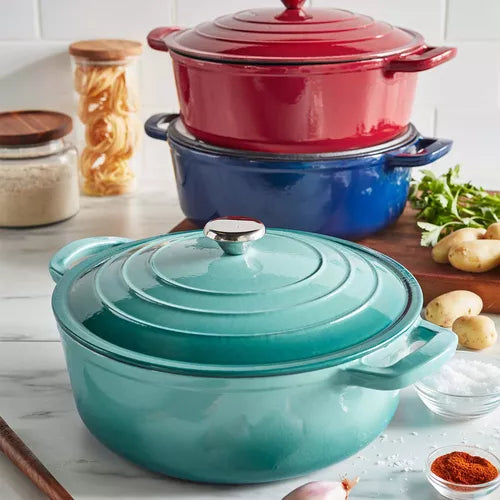If you are a professional or aspiring chef, you know that your kitchen tools must be in pristine condition to ensure efficiency, safety, and sanitation. One tool that often gets overlooked is your cutting board. But what should you do to your cutting board before you start cutting? The way you prepare your cutting board can make all the difference in your cooking process and food safety standards.

Why Preparing Your Cutting Board Is Critical
Whether you are slicing vegetables, cutting raw meat, or dicing fruits, your cutting board is ground zero for all food prep activities. Prepping the cutting board before you start cutting is not just about keeping it clean; it is also about preventing contamination, reducing knife slip risks, and extending the board's lifespan. Lets dive deep into why this seemingly trivial practice is critical for kitchen professionals.
Essential Steps to Prepare Your Cutting Board
Here are the key steps to take to ensure your cutting board is ready for action:
1. Clean It Thoroughly
Start by cleaning your cutting board with warm, soapy water. If you are using a wooden board, avoid soaking it in water, as it can cause warping. For plastic boards, ensure you scrub all ridges and grooves thoroughly.
For detailed cleaning tips, check out this guide on cleaning wooden cutting boards.
2. Dry and Inspect
Once clean, dry your board completely with a towel. Inspect it for any nicks, grooves, or signs of wear that could trap bacteria or cause uneven cutting surfaces. If the damage is severe, you may consider replacing the board.
3. Oil Your Wooden Board
If you are working with a wooden cutting board, oiling it serves multiple purposes. It conditions the wood, prevents it from drying out, and creates a barrier against water absorption. Consider using food-grade mineral oil for the best results.
Learn more about the benefits of oiling from this comprehensive article.
4. Stabilize Your Board
Stabilization is an often-overlooked step. Place a damp towel or a non-slip mat underneath your cutting board to ensure it remains stationary during use. Stability prevents accidents and enhances precision.
5. Choose The Right Board for the Task
Different materials serve different purposes. For example, use a plastic cutting board for raw meat to prevent contamination, and opt for wooden boards for fruits and vegetables. Using a color-coded system can also help reduce cross-contamination risks. Check out this guide on cutting board colors to make informed choices.
Additional Tips for Cutting Board Maintenance
1. Deep Cleaning After Heavy Use
After using your cutting board for raw meat or fish, use a solution of bleach and water or vinegar to deeply sanitize it. Wooden boards may require a paste of baking soda and lemon juice.
2. Avoid Cross-Contamination
Designate separate boards for different kinds of foodmeats, vegetables, and fruits. This reduces the likelihood of cross-contamination significantly.
For more tips on preventing cross-contamination, visit this resource.
3. Rotate and Replace When Needed
No cutting board lasts forever. Even with meticulous care, the surface will eventually wear out. Keep an eye on its condition and replace it when the wear becomes significant.
For guidance on making your cutting board last longer, check this detailed article.

FAQs
1. How Often Should I Oil My Wooden Cutting Board?
It is recommended to oil your wooden cutting board once a month, or more frequently with heavy use.
2. Can I Use One Cutting Board for Everything?
Its better to use separate boards for raw meats and other food to prevent cross-contamination. Having a color-coded system is even better.
3. How Do I Prevent My Cutting Board From Warping?
Never soak your wooden board in water, and always dry it immediately after cleaning. You can learn more about it here.
By following these preparatory steps, you ensure not just the safety and hygiene of your food preparation but also extend the lifespan of one of the most essential tools in your kitchen. A well-maintained cutting board is a key ingredient in any chef's success.
This article contains affiliate links. We may earn a commission at no extra cost to you.





Leave a comment
This site is protected by hCaptcha and the hCaptcha Privacy Policy and Terms of Service apply.